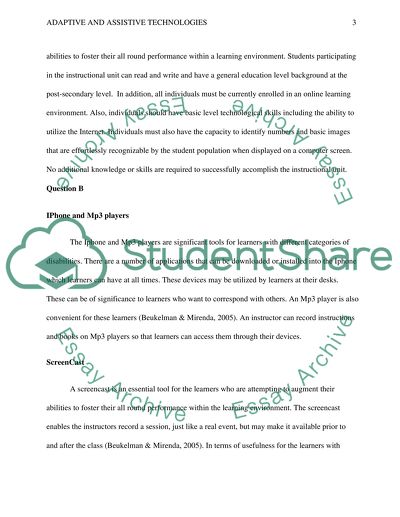Cite this document
(“Adaptive and Assistive Technologies Research Paper”, n.d.)
Retrieved de https://studentshare.org/education/1466835-adaptive-and-assistive-technologies
Retrieved de https://studentshare.org/education/1466835-adaptive-and-assistive-technologies
(Adaptive and Assistive Technologies Research Paper)
https://studentshare.org/education/1466835-adaptive-and-assistive-technologies.
https://studentshare.org/education/1466835-adaptive-and-assistive-technologies.
“Adaptive and Assistive Technologies Research Paper”, n.d. https://studentshare.org/education/1466835-adaptive-and-assistive-technologies.


